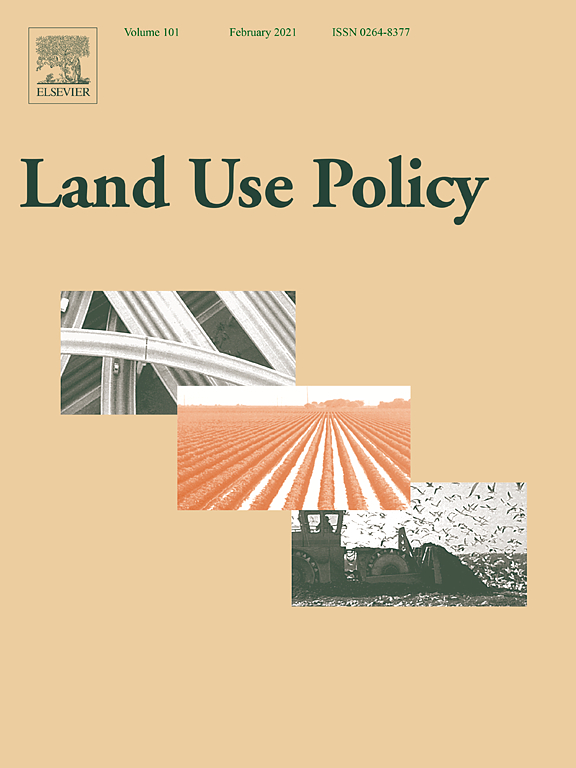Urbanization and Increasing Flood Risk in the Northern Coast of Central Java—Indonesia: An Assessment towards Better Land Use Policy and Flood Management
This study explores urbanization and flood events in the northern coast of Central Java with river basin as its unit of analysis. Two types of analysis were applied (i.e., spatial data and non-spatial data analysis) at four river basin areas in Central Java—Indonesia. The spatial analysis is focused on the assessment of LULC change in 2009–2018 based on Landsat Imagery. The non-spatial data (i.e., rural-urban classification and flood events) were overlaid with results of spatial data analyses.



